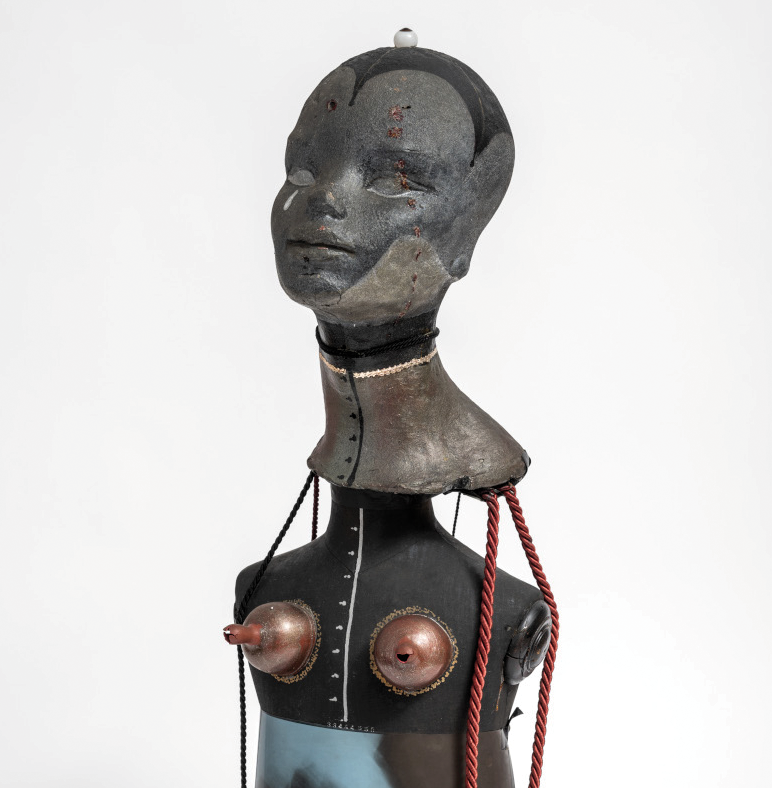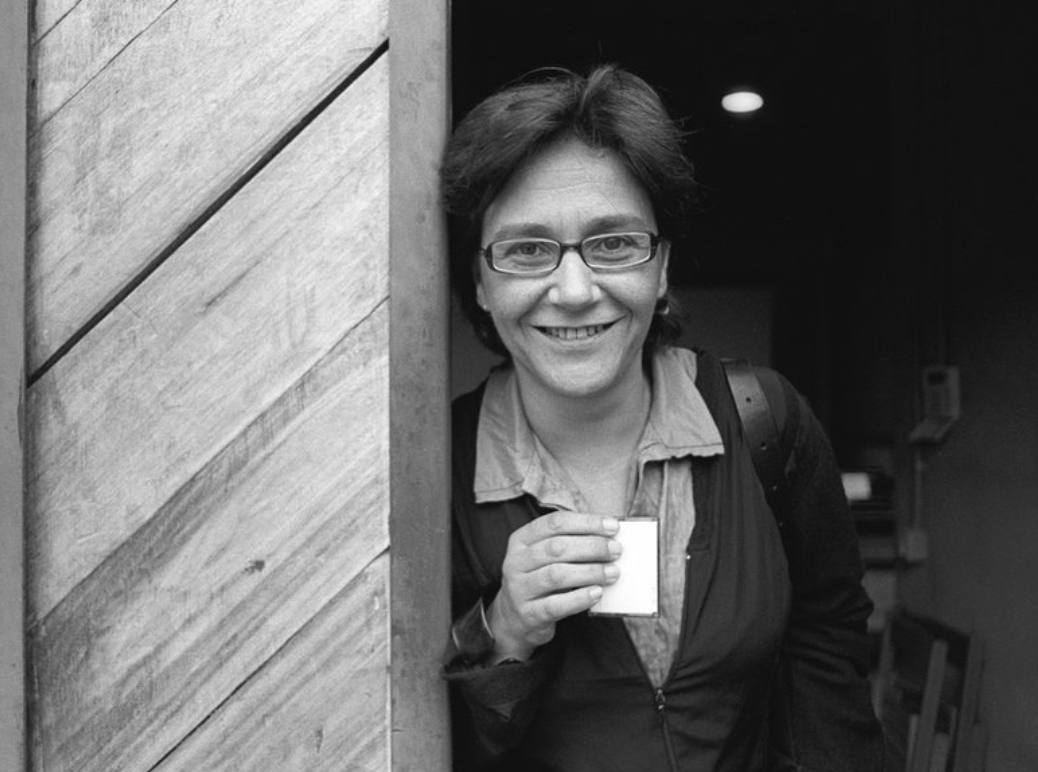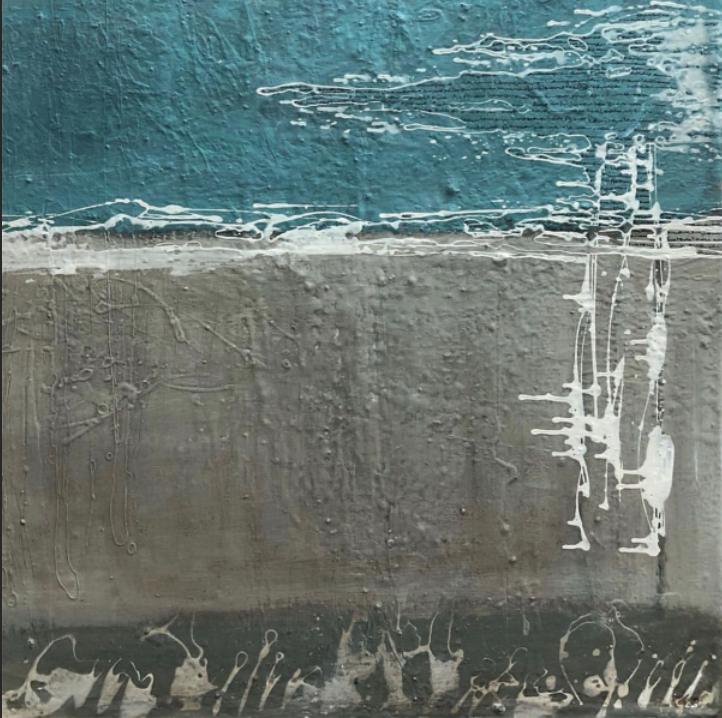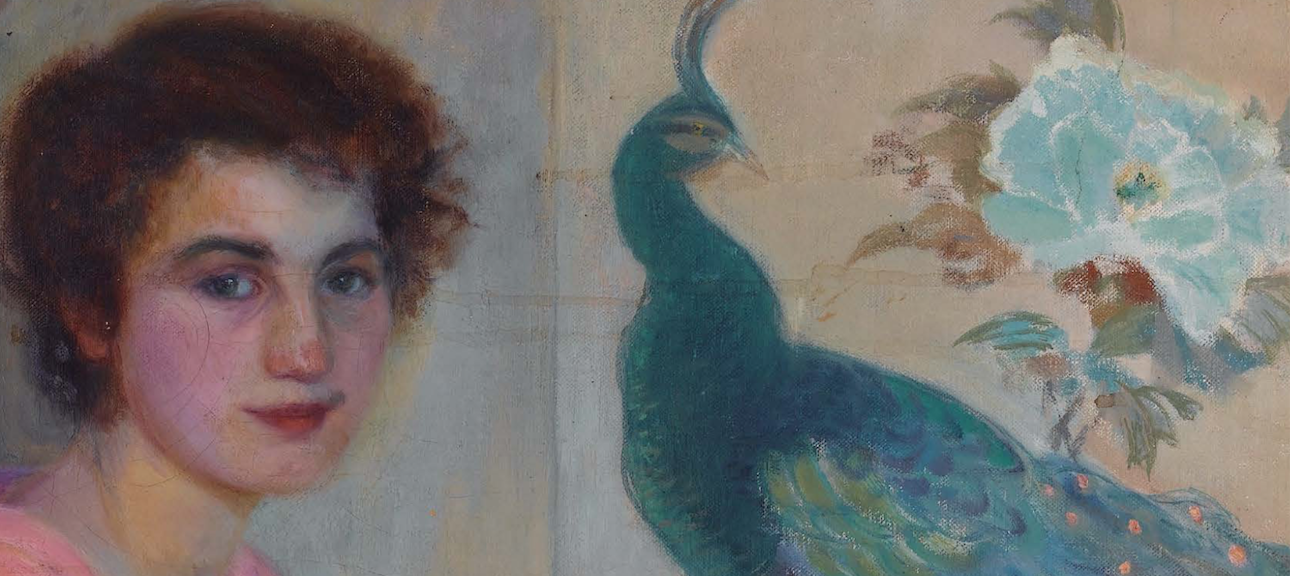
Curated by Pere Pedrals, the exhibition Mrs. Death. Amèlia Riera , who can be visited at the Virreina Center de la Imatge until November 6, brings us the work of a pioneering author from a gender perspective with a work about fetishism and theatricalization that anticipates the time present and who was many years ahead of his contemporaries.
Mrs. Death. Amèlia Riera revolves mainly around her most controversial work, the one produced between the mid-sixties and the end of the seventies, a period that coincides with the late Francoist years and the Transition, when denunciation permeates all facets of her work and creates two his main series, the Ex-voto series and the Sade series , key in his career, and which earned him the reputation of a necrophile and sadist. The obsession with death, along with sadism, necrophilia and vampirism, are the key concepts that give his work an aura of mystery and enigma. A universe in which the non-existence of characters causes us viewers, faced with immeasurable loneliness, to be the protagonists of negative pleasures and pleasant terrors.
An unclassifiable work that has been silenced many times. In a brochure from 1975, Riera stated: "Explaining my own work, defining myself, declaring the intentionality of my attitude or my gesture, is as complicated, as unattractive to me, as filling out any official questionnaire in triplicate, accompanied of the policies and corresponding mobile bells. [...] Of the tremendous literary burden that you discover in the work, of the possible shocks, the traumas, the conflicts that inspire it, a servant, not half a word." As the curator, Pere Pedrals, explains, "although his work covers everything from painting to installations, through drawing, graphic work and even the creation of his own character, it is in the intervention of objects that this struggle becomes more evident; the objects are a frontal attack and, almost always, against several targets at the same time”. About the treatment of objects in her work, Amèlia Riera explained: "I thought of them differently from paintings, because I wasn't looking for the same thing, the intention was more direct, sharper. In the object, the intention counts more and in the paintings everything is more mental, more sensitive. The objects are the direct protest, I wanted to hurt, provoke.”
The exhibition covers a short but very significant period of the artist: the one that goes from the mid-sixties to the end of the seventies and which raises new re-readings on the subversion of the archetypes used to represent women and their sexuality, the reflection on the problem of incommunicado in the heterosexual couple, the visualization of power relations, the discipline of the body, governed, subjugated and even expropriated, subjectivity.
In the image: Amelia Riera. Photographed woman , ca. 1982








